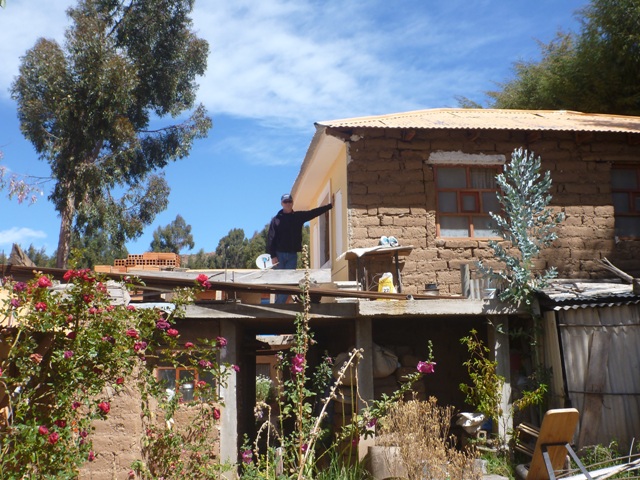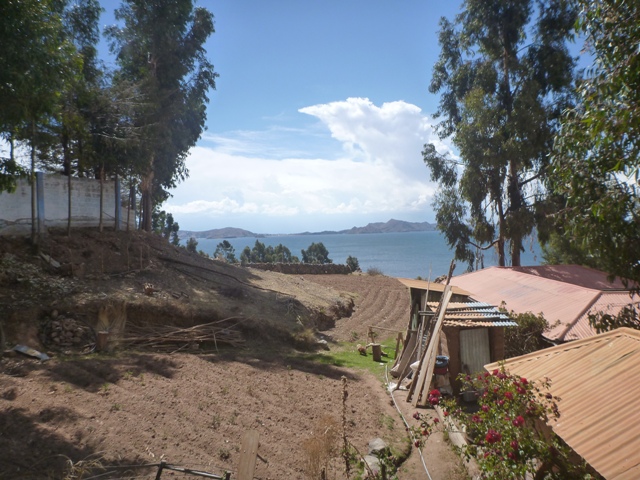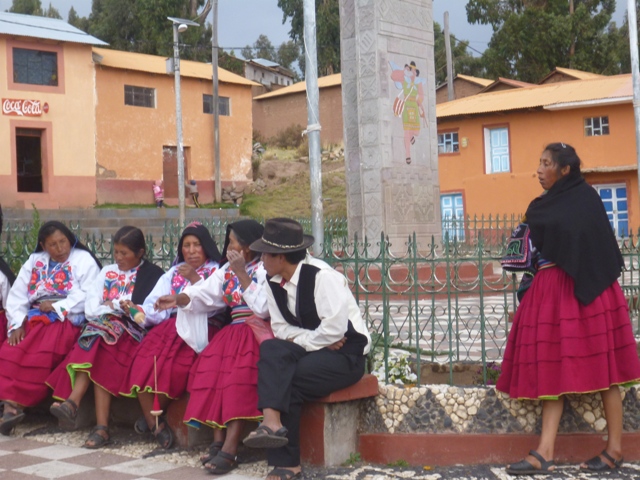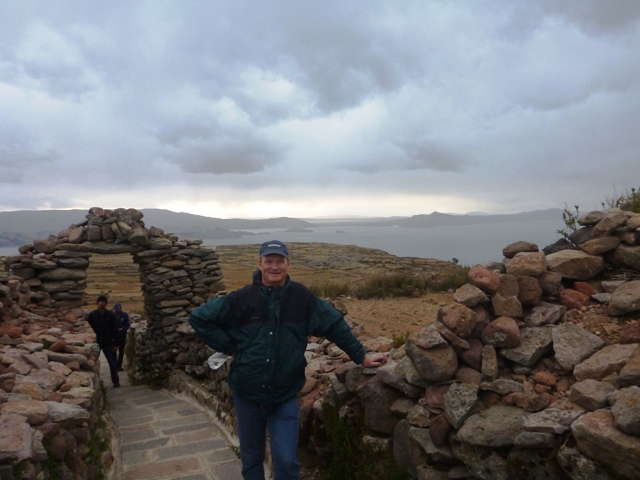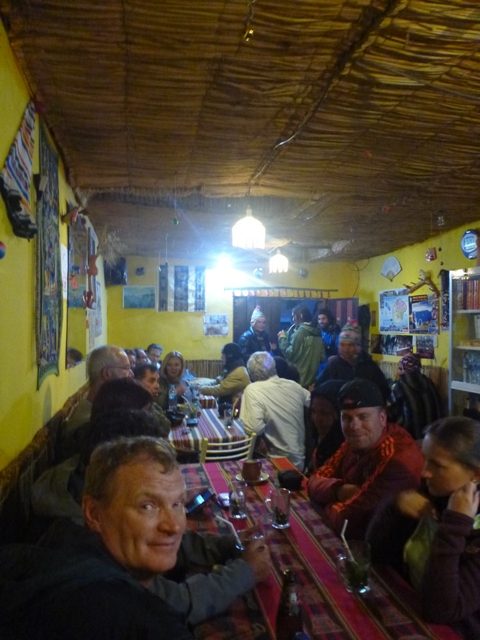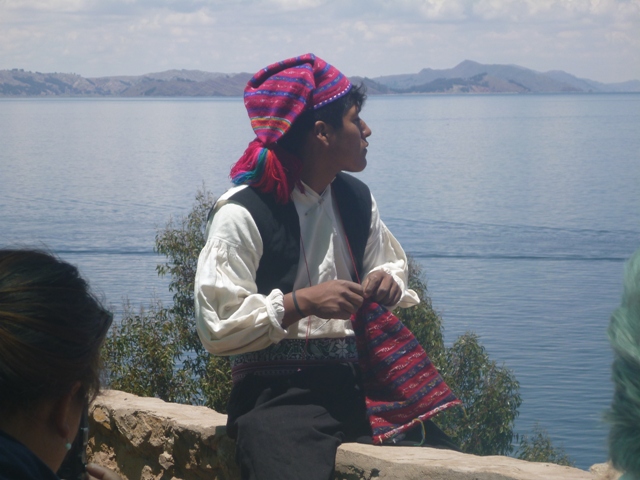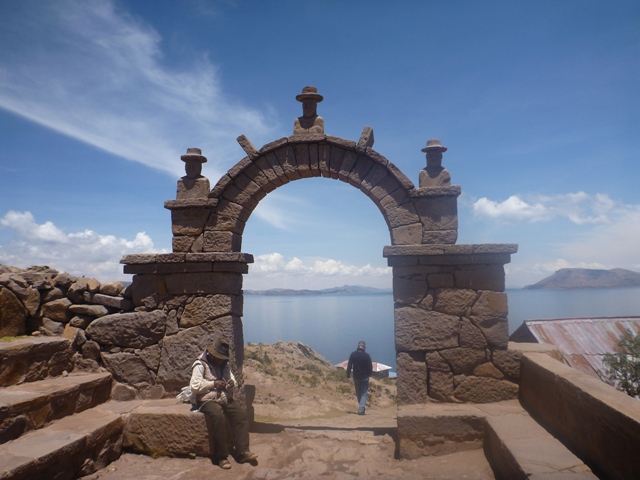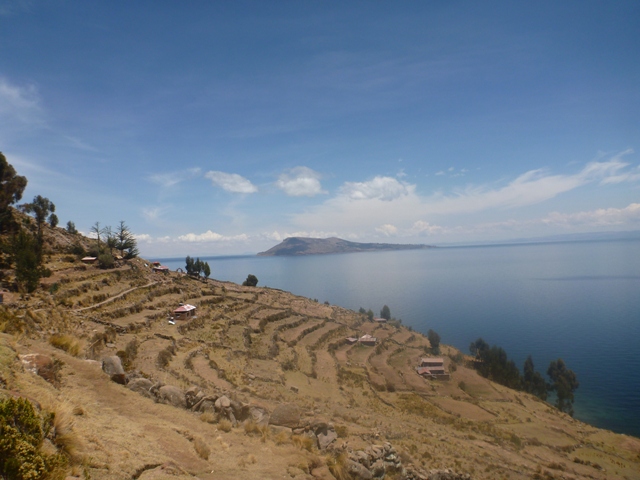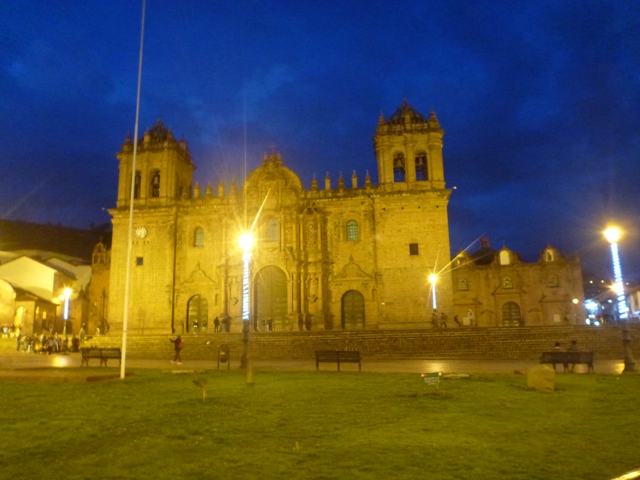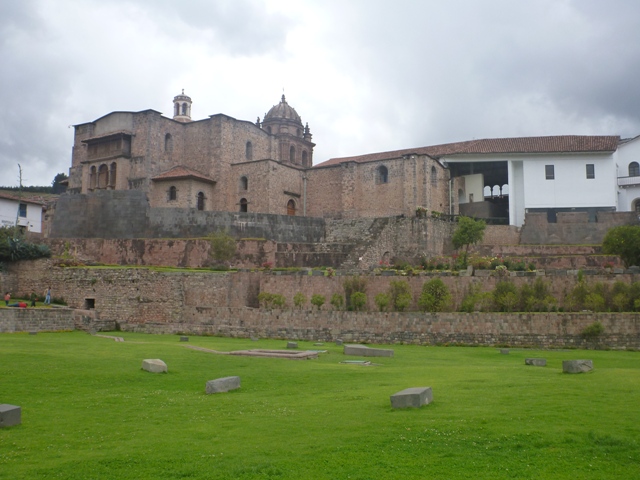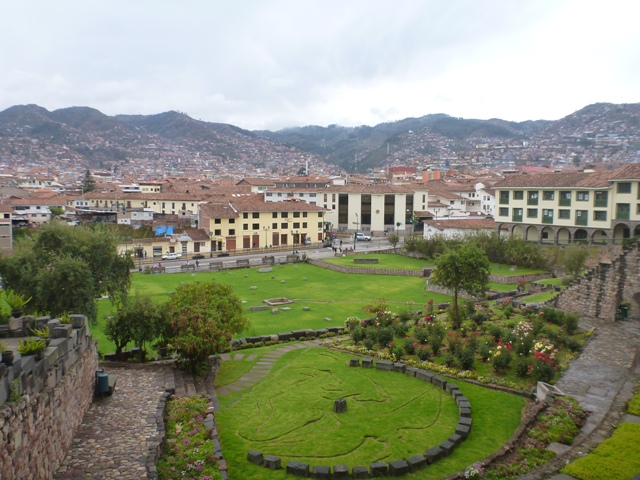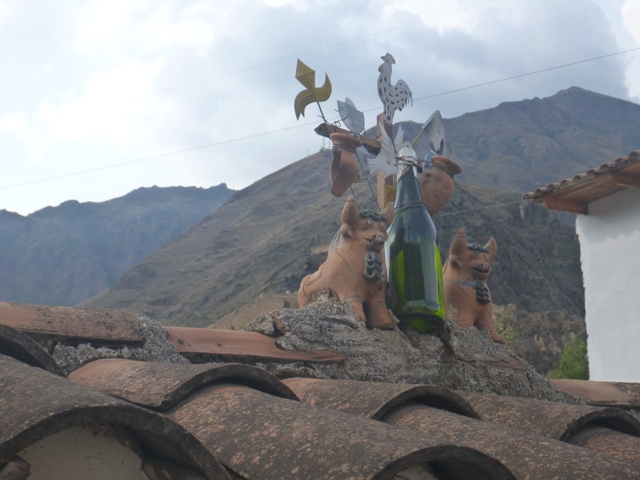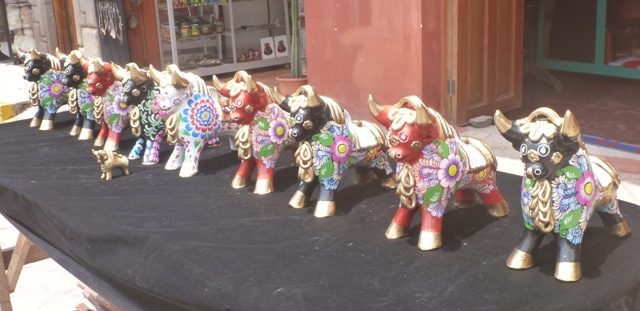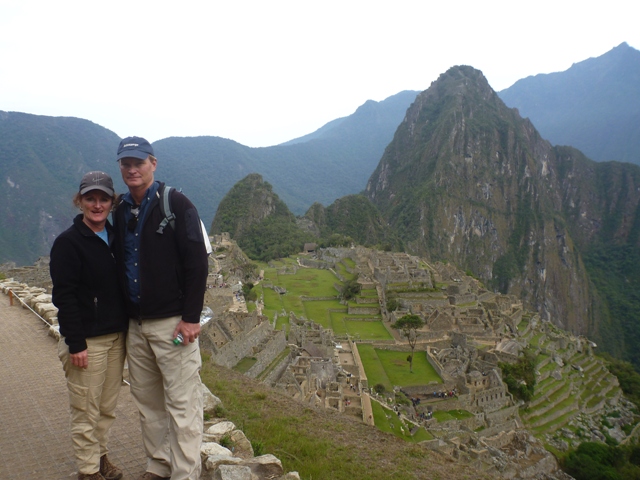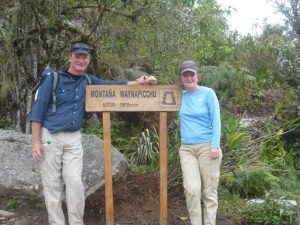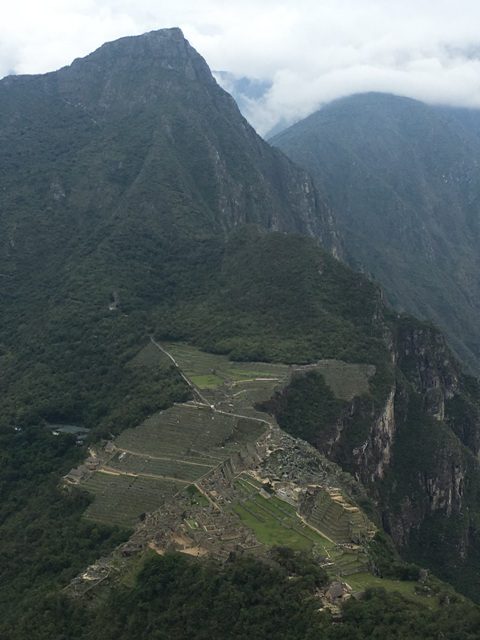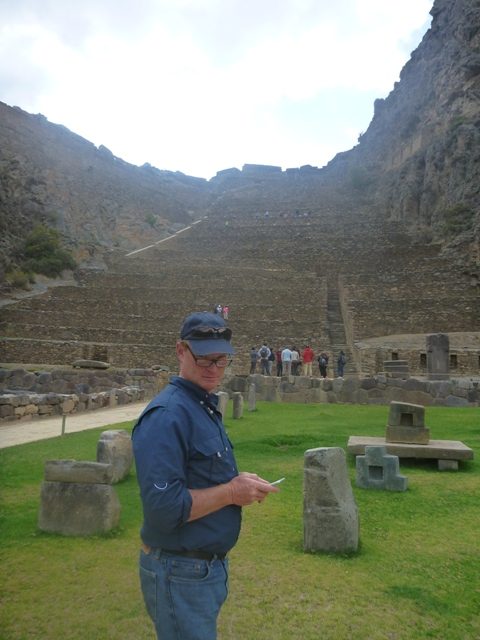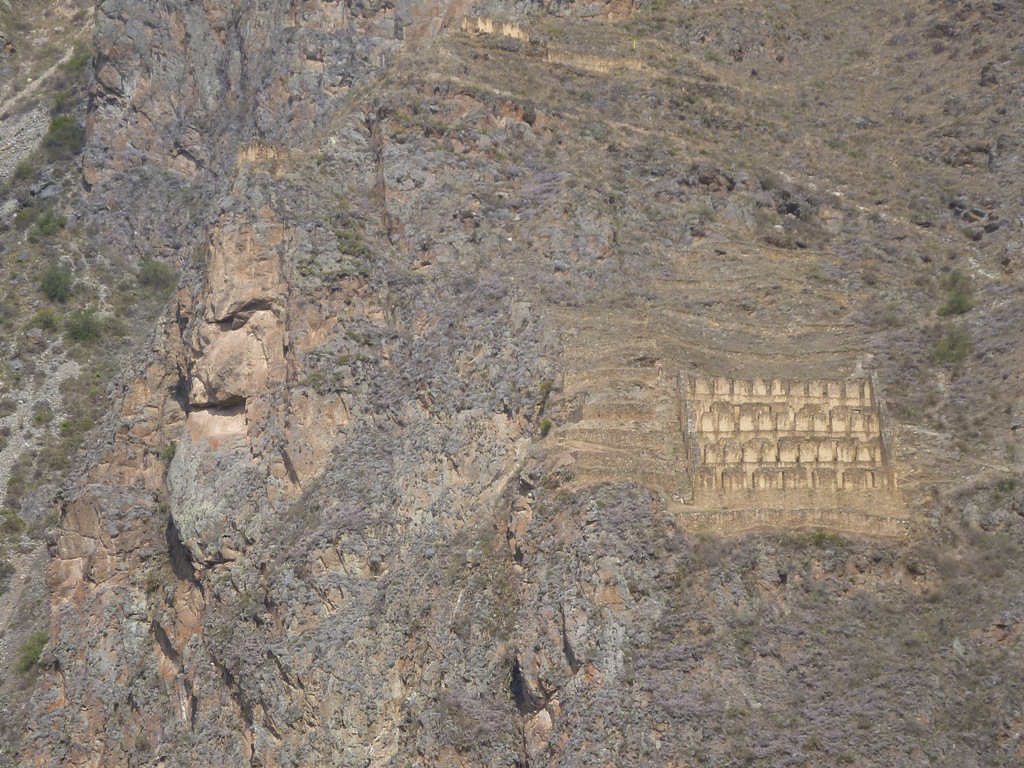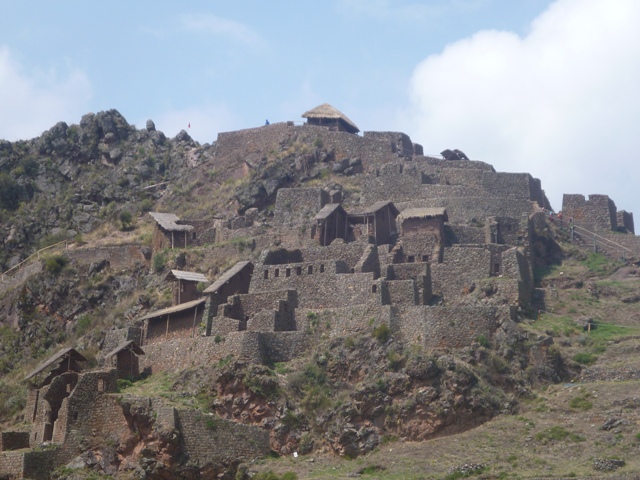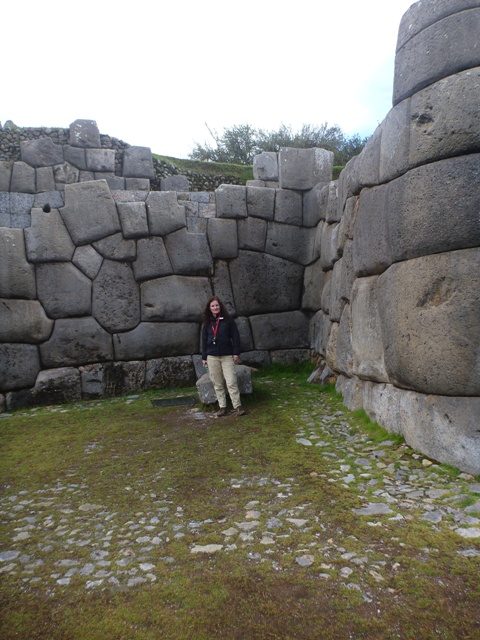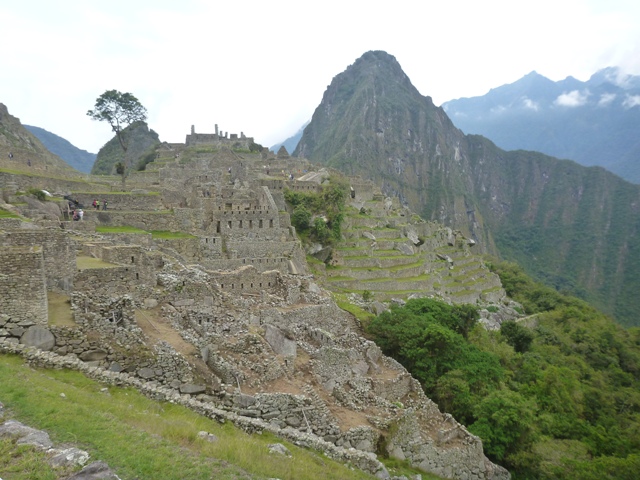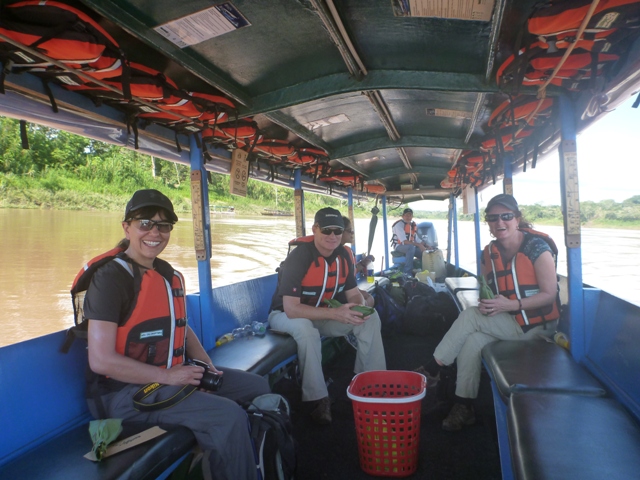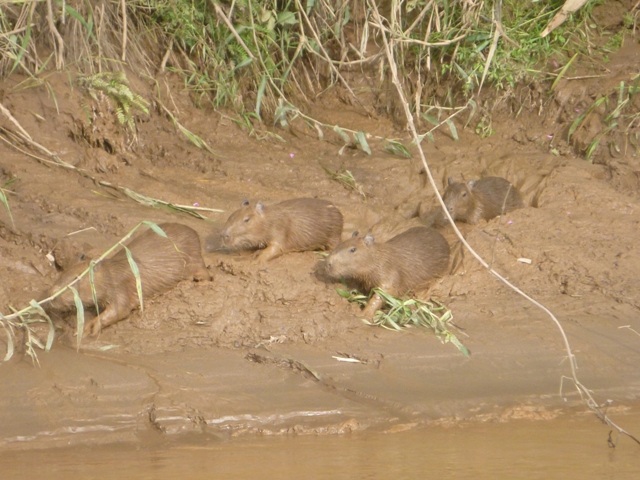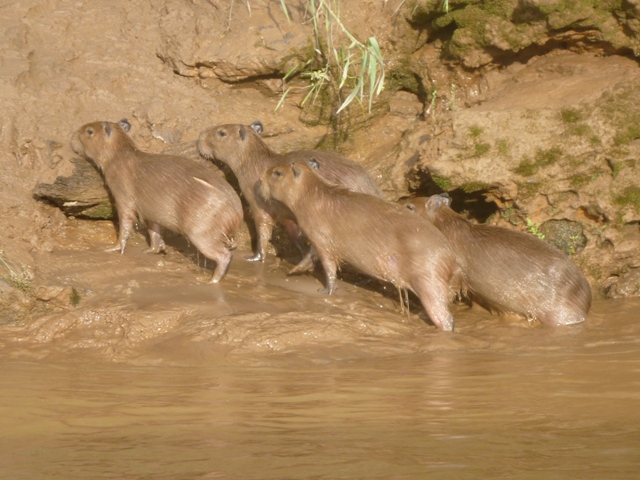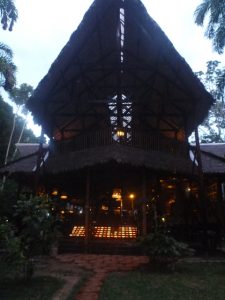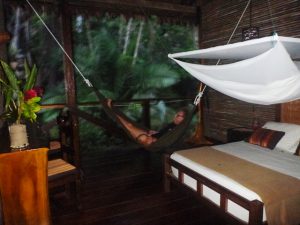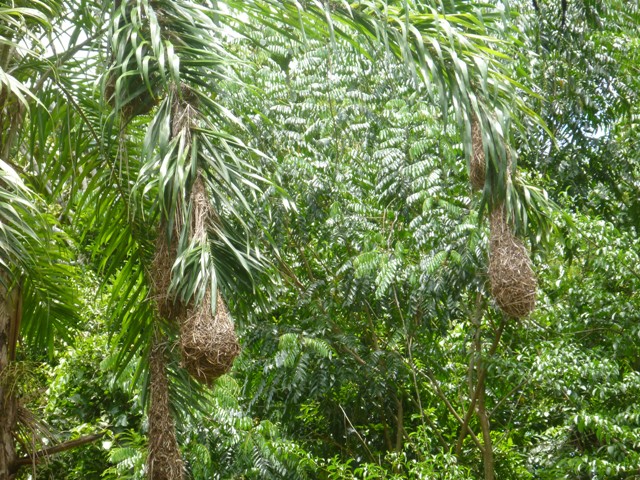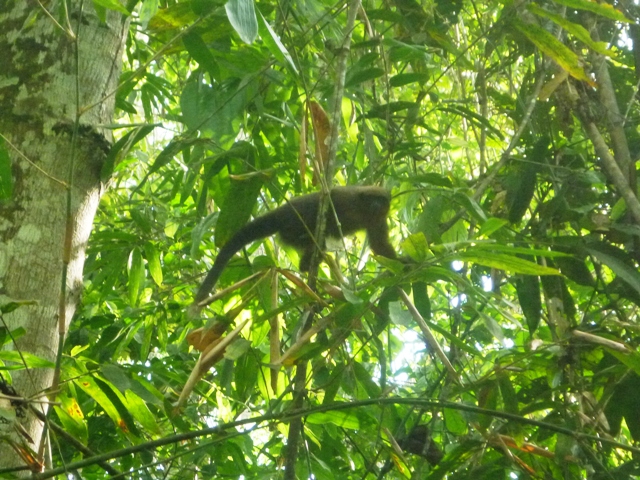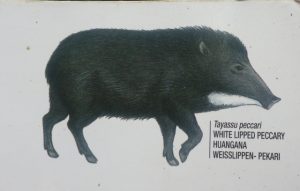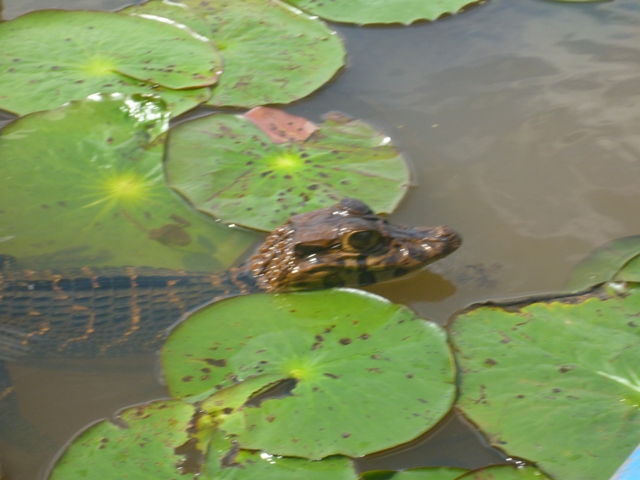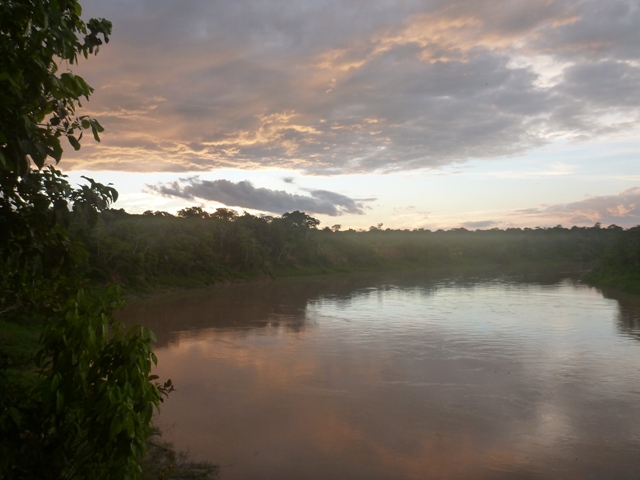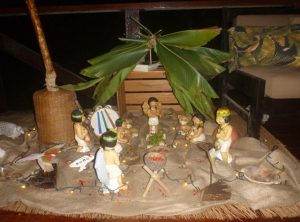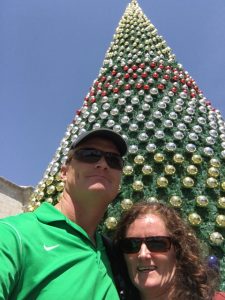We arrived into Peru: a country with a population of 31 million and a lot of history dating back to pre-inca times. Tourism has become more popular in the last 20 years after the government was able to control terrorism and political issues within the country. It’s a beautiful country with a lot to see. I really only knew about Machu Picchu so were surprised at what else there was to see and do here.
We came to see Inca ruins and we definitely were not disappointed.
Everywhere there were all sorts of different cultures wearing their traditional clothing; all very bright and vibrant. The clothing indicated everything from where the person was from, what culture they belonged to, if they were single or married etc. Amazing that these people still dress in traditional clothing in their everyday life.
The landscapes varied considerably even within different provinces as we crossed the Andes. Agriculture is the main industry within the country and can be seen both in the lowlands, valleys, high in the rocky Andes Mountains and even the Amazon. You could see these farming people worked hard.
When it came to animals we saw Vicuñas, Llamas & Alpacas in most highland areas around Peru. It’s neat when you see them roaming free up in the hills as opposed to on the side of the road with locals who are looking for money from tourists for a photo. The Amazon had lots of birds and yes a few nasty things.
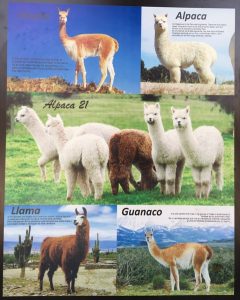
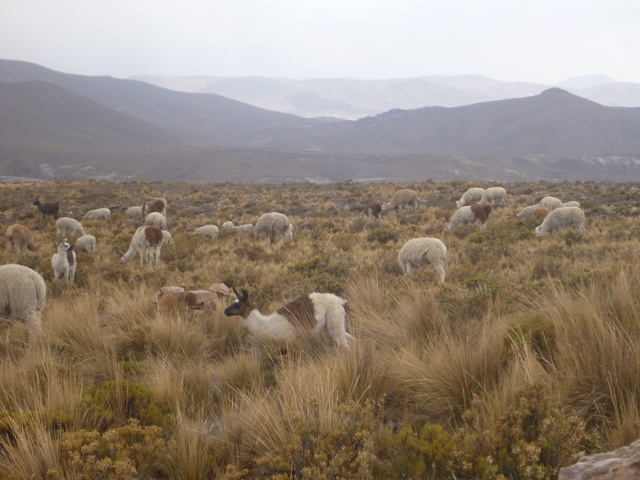
I need a shave! This is an Alpaca Suri.
From the Amazon…..
Most towns had a cathedral that was very significant compared to the homes in the area. Photo below on Left is San Peter cathedral, which was in Andahuaylillas (very rural) on the way to Cusco with amazing murals inside. No photos allowed though.
Photo above right is one of many cathedrals in Arequipa
In the country towns homes were typically constructed of mud or concrete blocks. The homes looked like they were under continual construction and had no construction standards, just people building what they could afford. Generally the smaller towns and cities had electricity while the farming areas and islands had nothing.
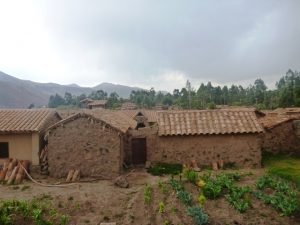
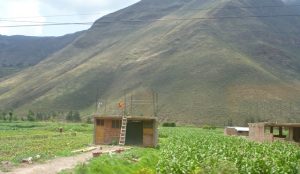
The house we stayed in on Amantani Island, other than having low doors, was very good compared to the mainland.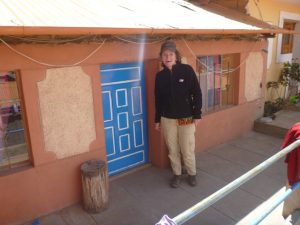
Transport, like any 3rd world country, is very innovative in getting the locals about; anything from 3-wheeled motorcycles to trucks loaded full with people. The road system was actually really good on the whole. Buses were good. Around the Andes’ towns the locals typically walked the many trails high into the hills. Good exercise!
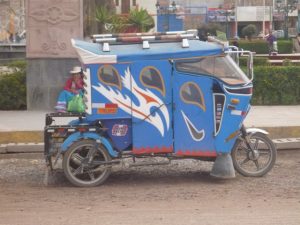
In every town we went to there were souvenir markets and locals selling trinkets and handmade crafts. Interestingly we were told that most of the markets sell acrylic products and tell the tourists its alpaca wool. Who are we to know the difference I guess. Buyer beware! No souvenir shops in the Amazon.
So much to see in so little time and each place we visited was so different. If you are interested in seeing more I have broken the areas we went to in Peru down into a number of separate blog entries. Read on.
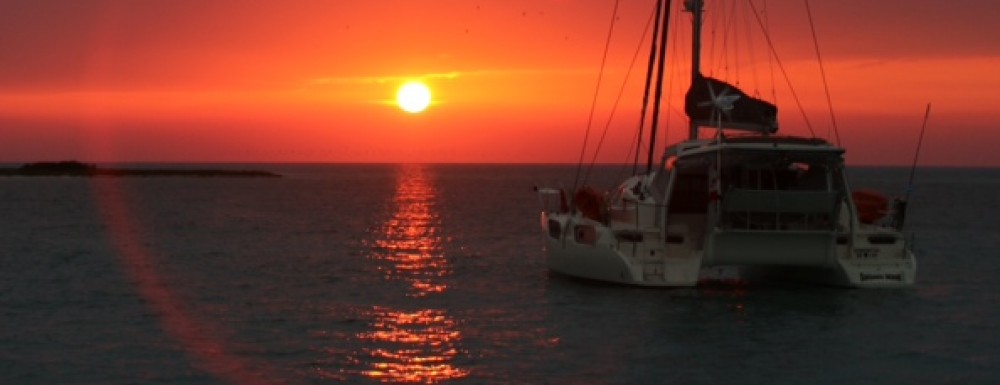
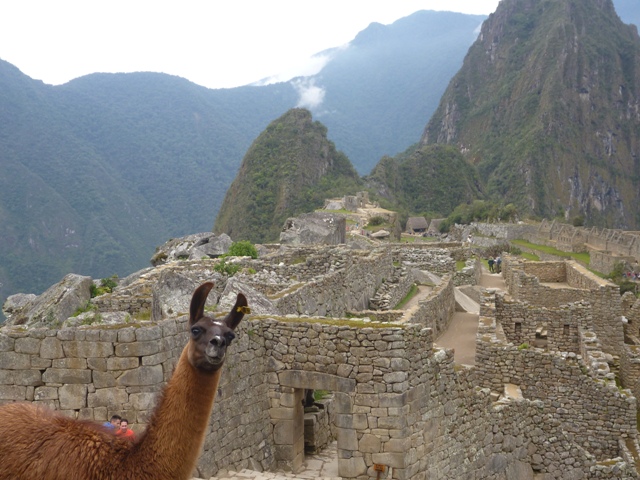
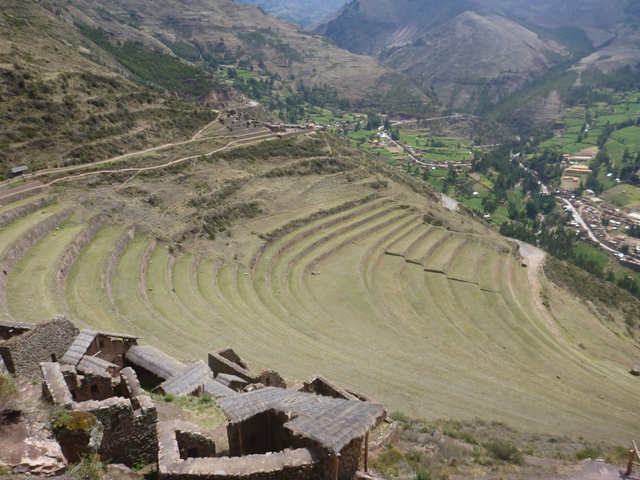
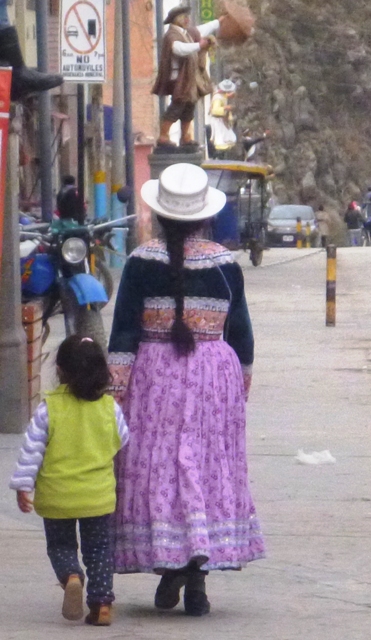
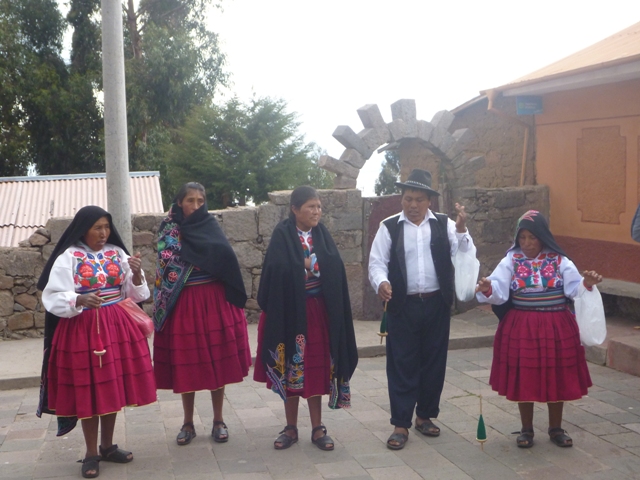
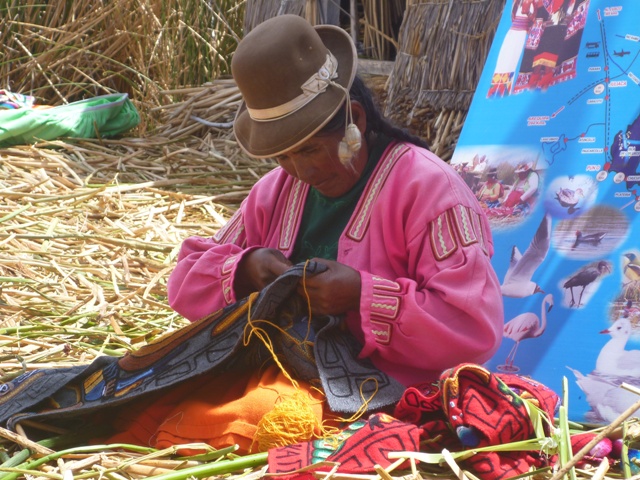

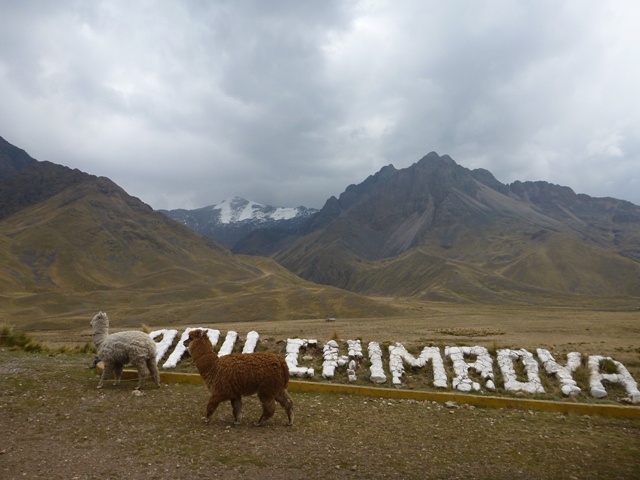
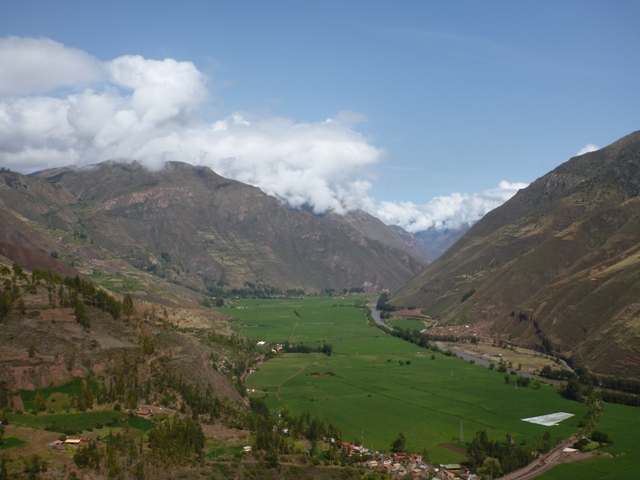
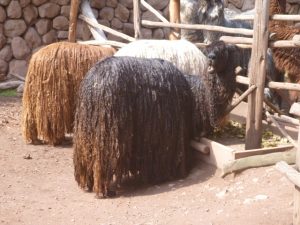
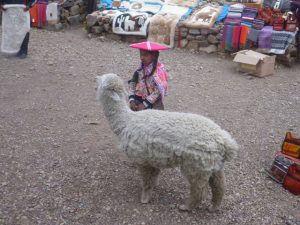
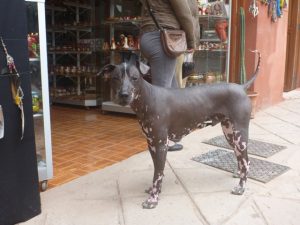
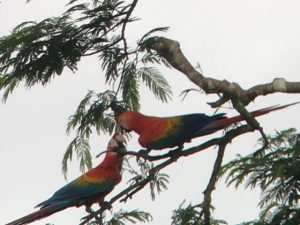
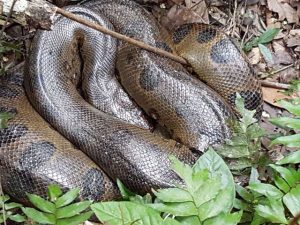
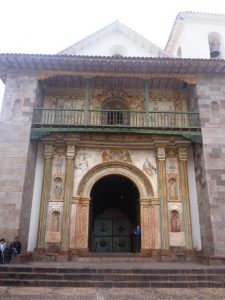
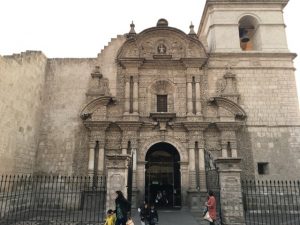
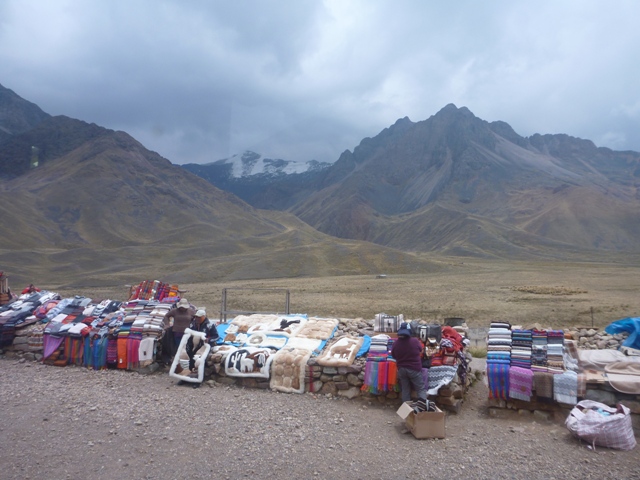
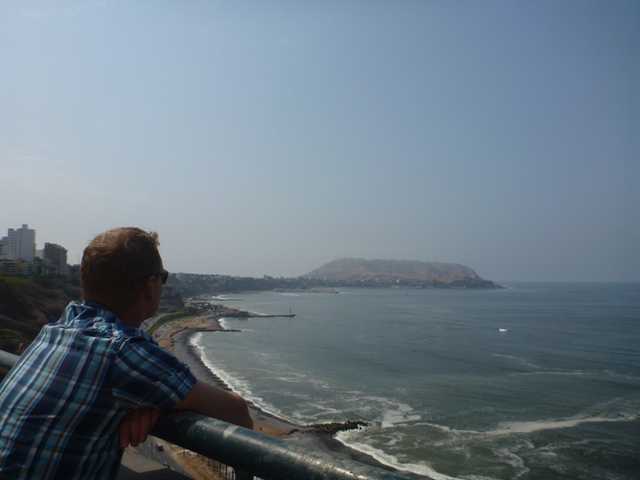
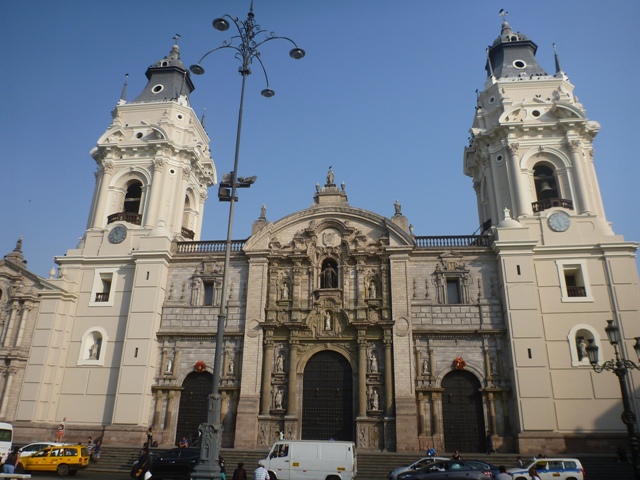
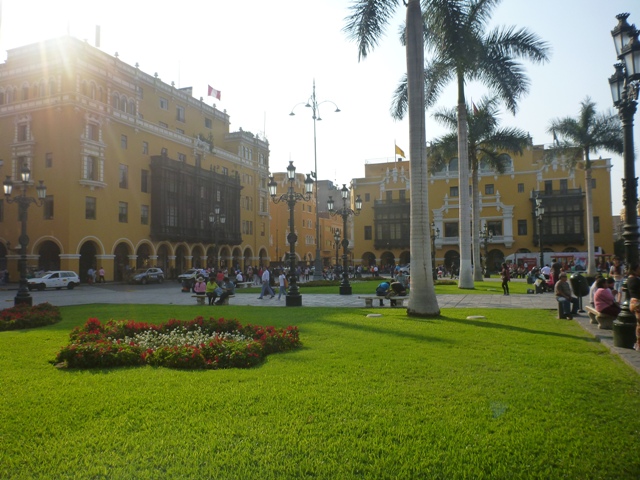
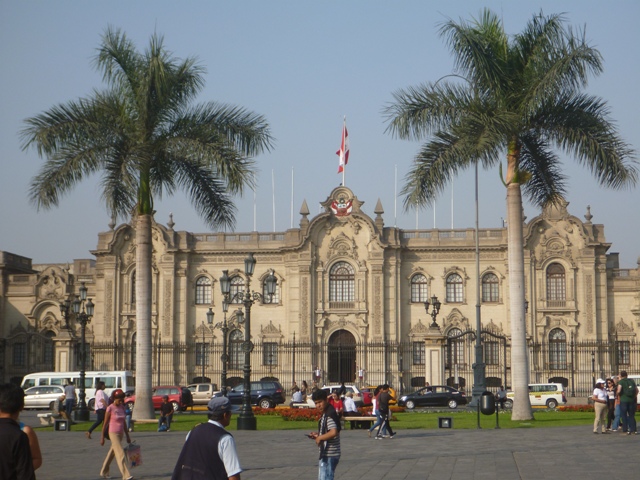
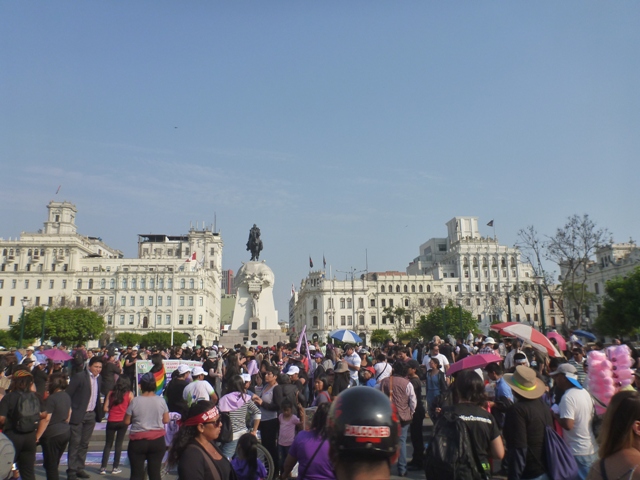
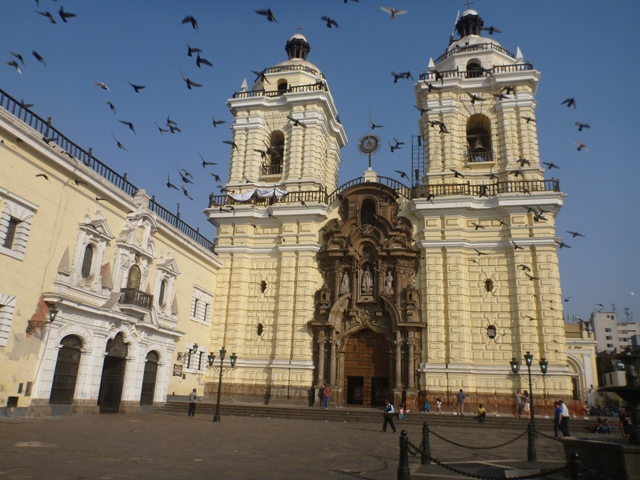
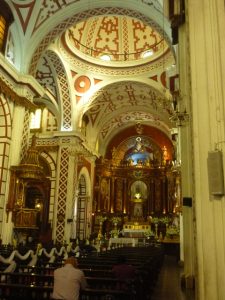
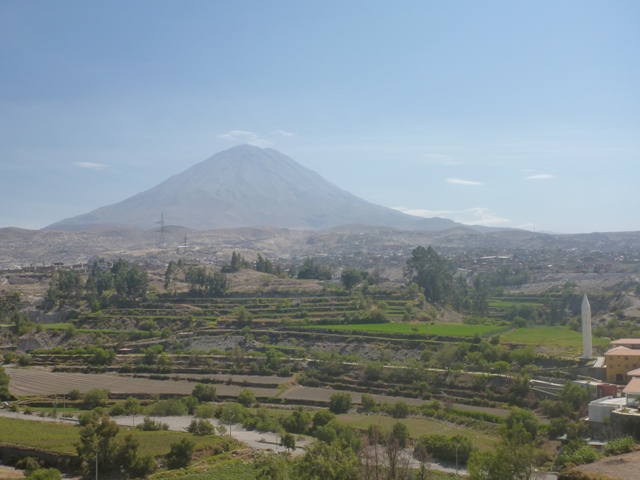
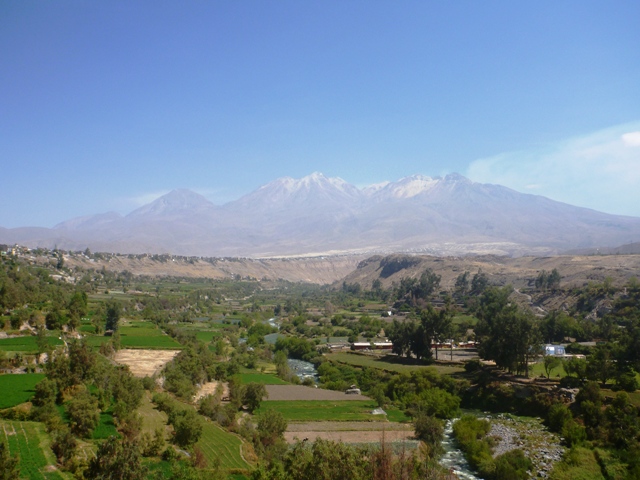
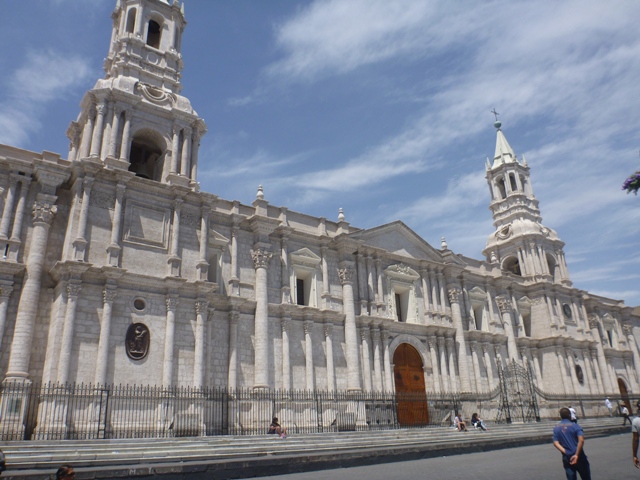
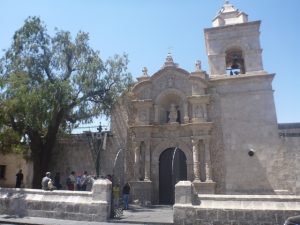
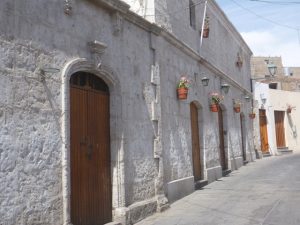
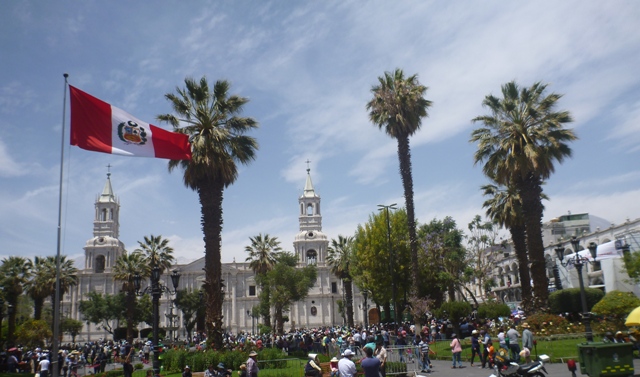

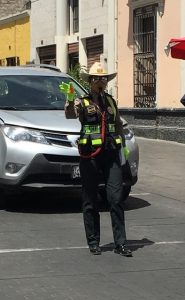
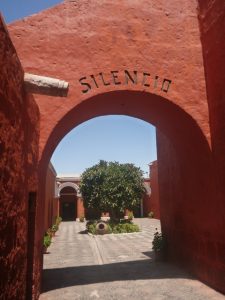
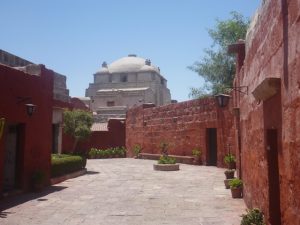
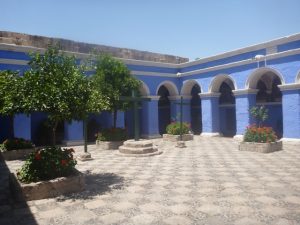



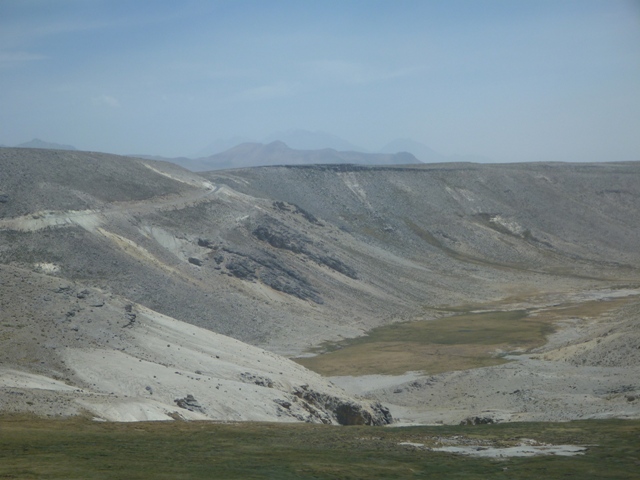
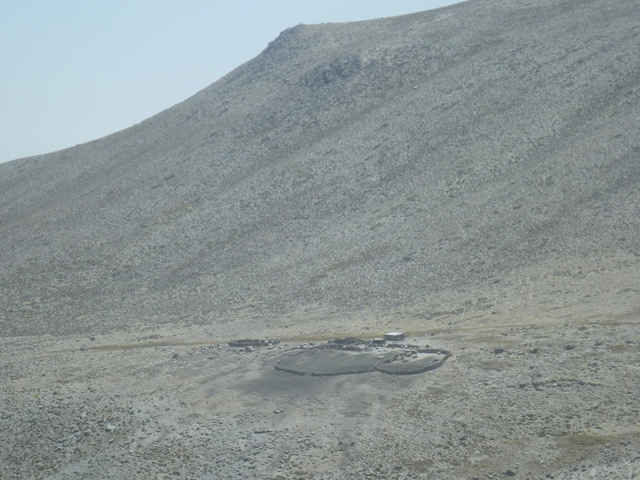
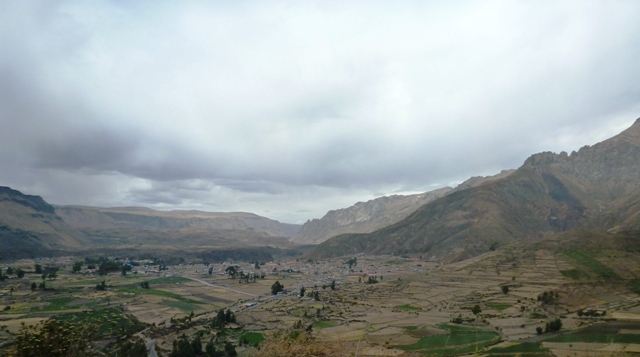

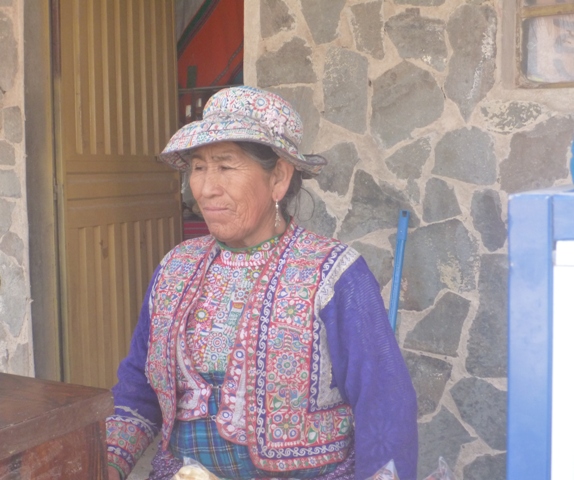

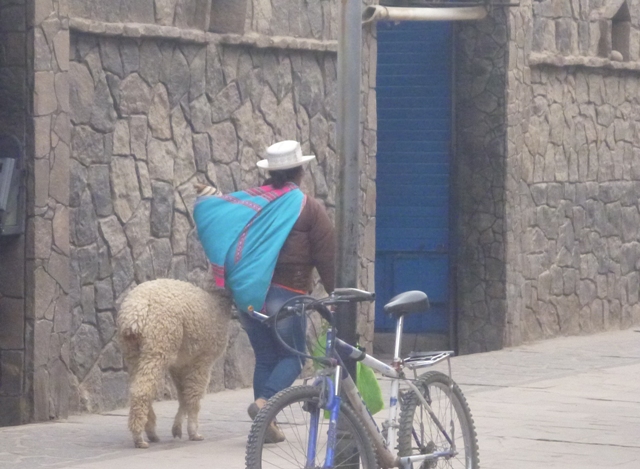
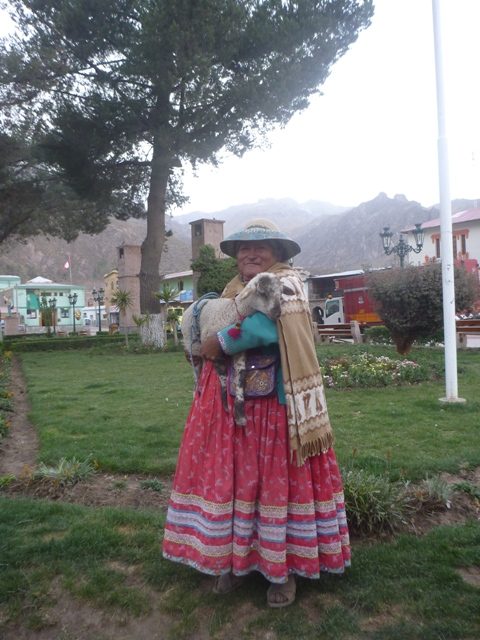
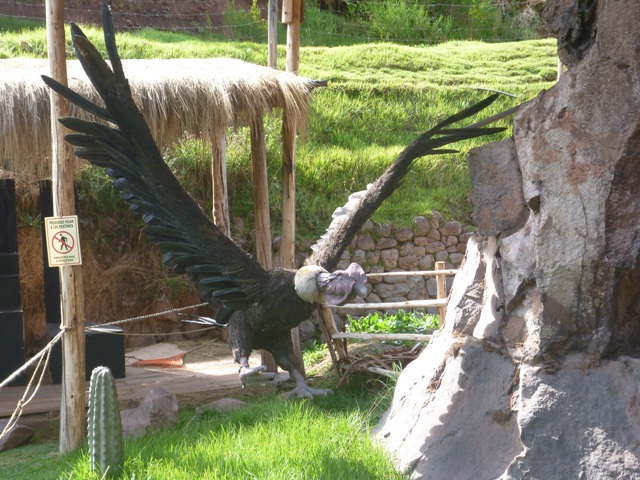



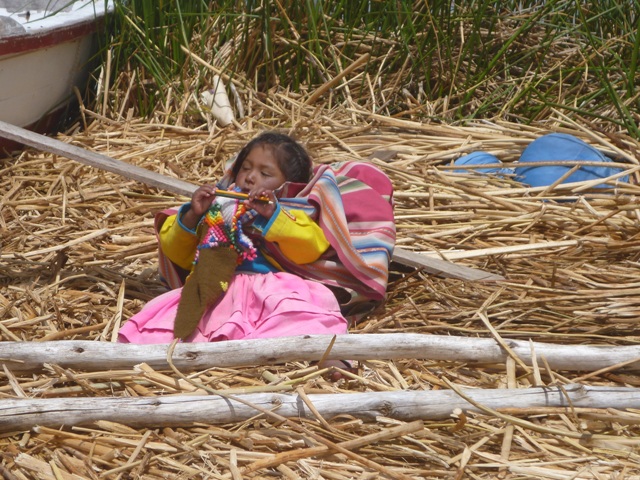
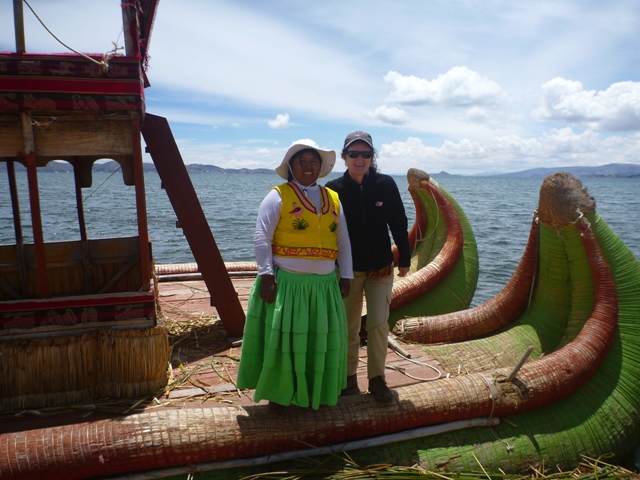
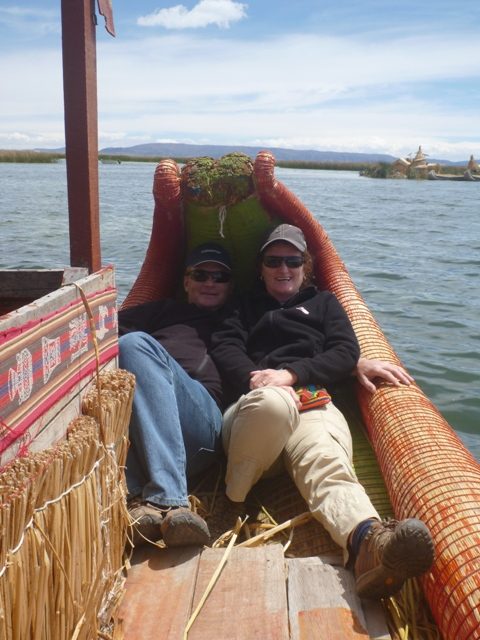
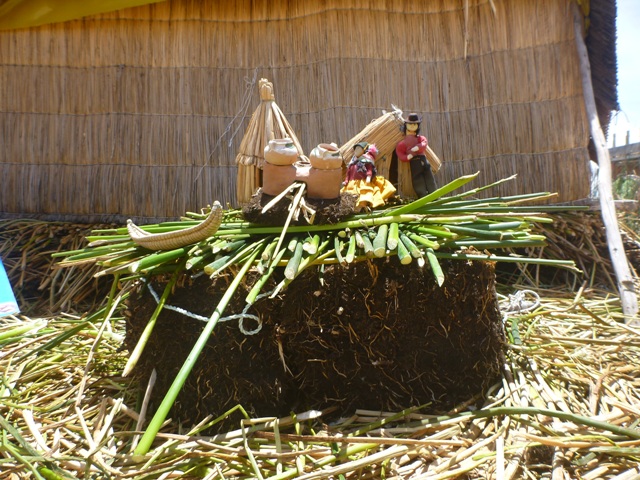
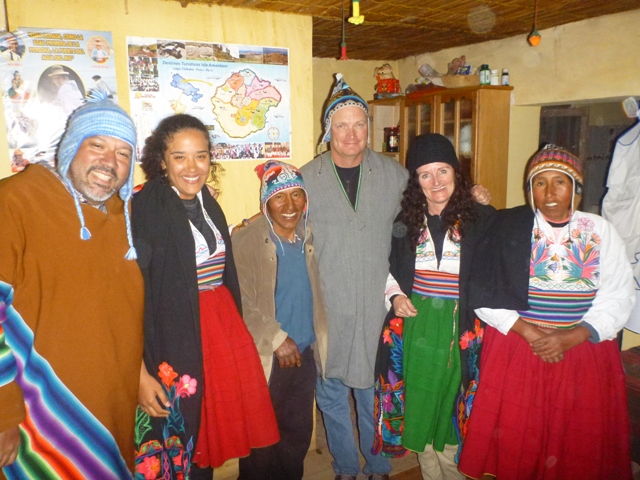 This was a rewarding experience seeing how these people live. Most people speak Quechua but luckily our family spoke Spanish as well and with the other couple that stayed here we could communicate. There are actually 10 communities scattered around the island (4000 people) who rotate taking groups of tourists in to help their community. The house where we stayed was very clean and quite big but had no electricity so it was back to the basics.
This was a rewarding experience seeing how these people live. Most people speak Quechua but luckily our family spoke Spanish as well and with the other couple that stayed here we could communicate. There are actually 10 communities scattered around the island (4000 people) who rotate taking groups of tourists in to help their community. The house where we stayed was very clean and quite big but had no electricity so it was back to the basics.